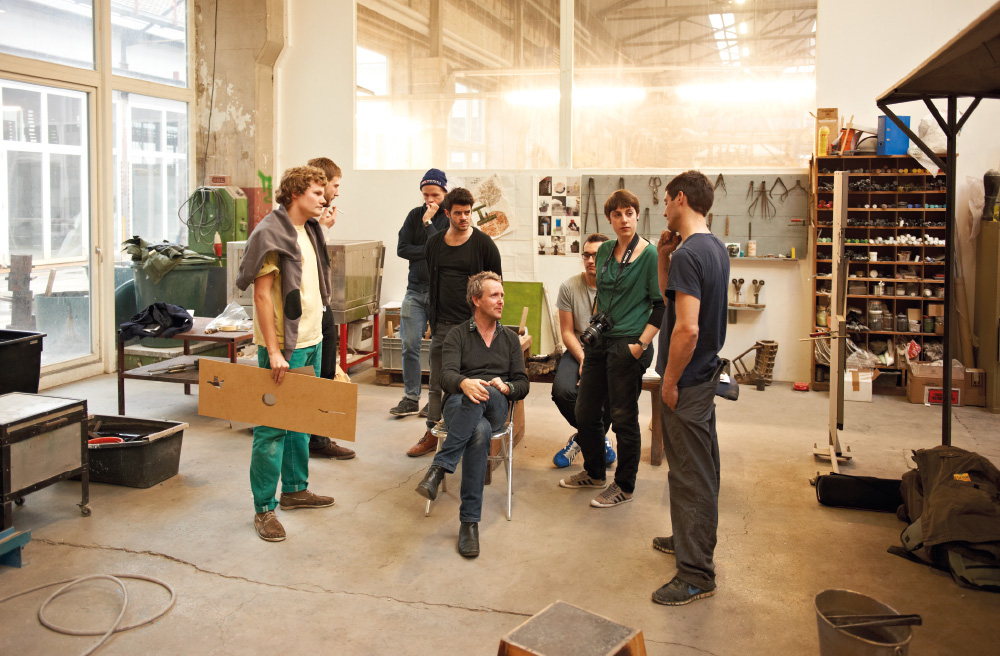Method
ORGANISING A TOOL BOX

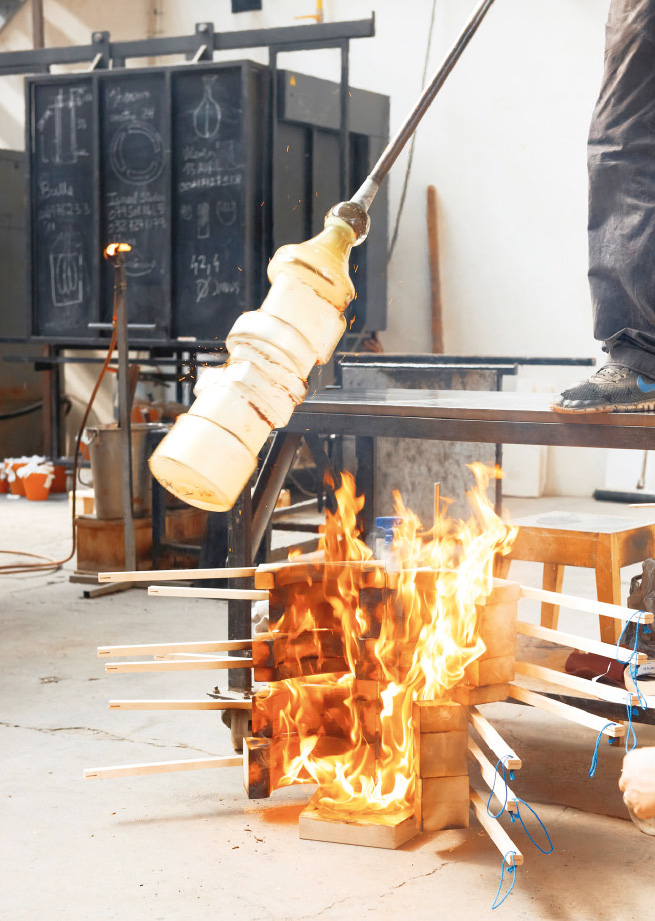
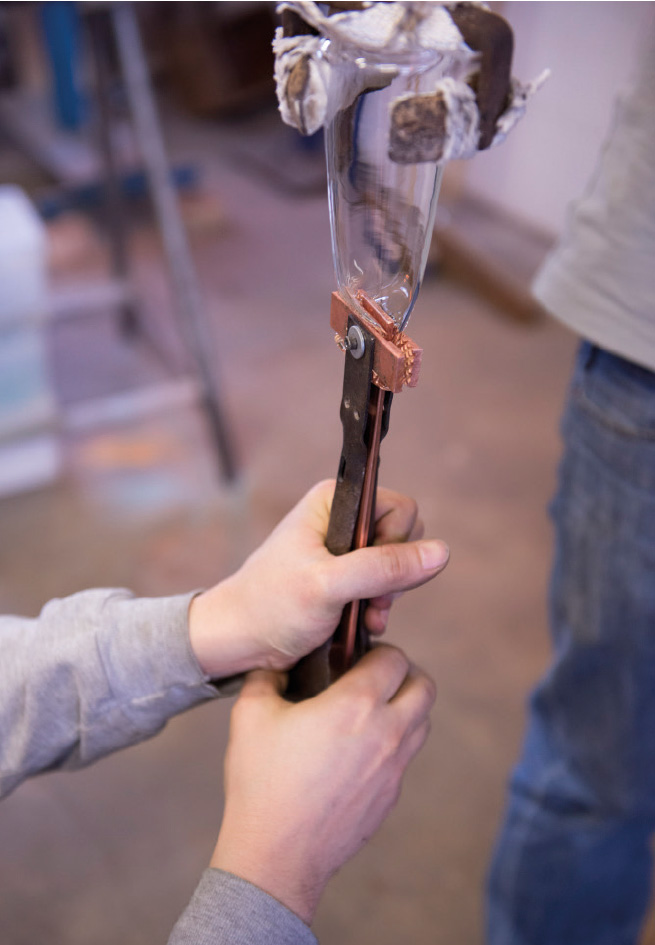
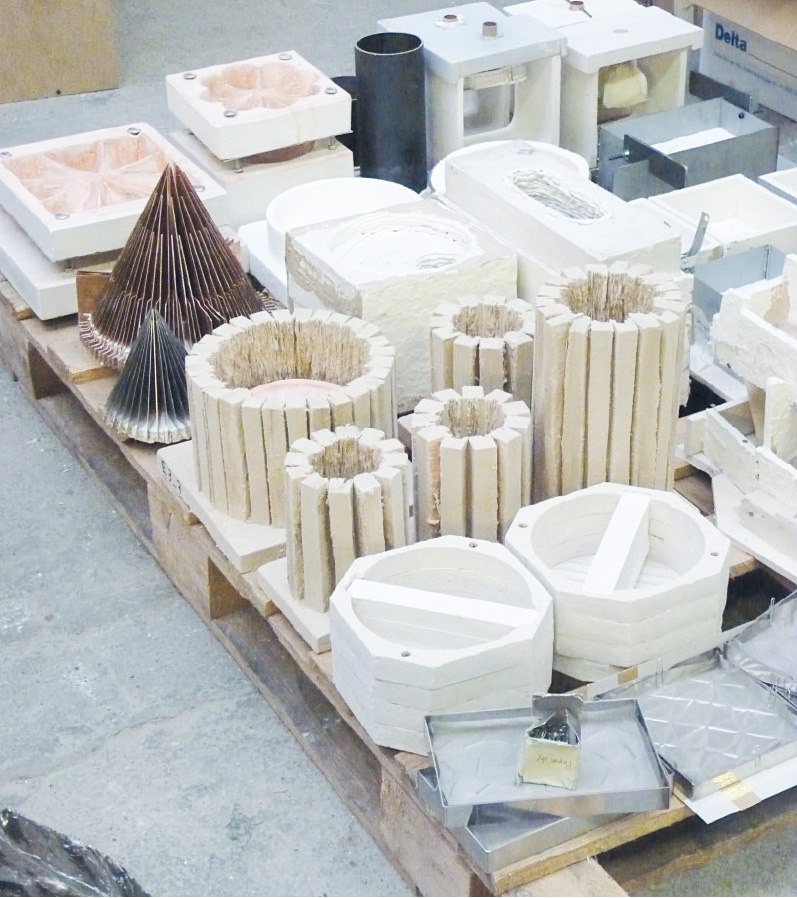
There is something rather unorthodox about putting on an exhibition entirely composed of prototypes, because these are generally used during the preparatory phases of a project.
“It is the first time that a design is made up and enables you to check that it will work, and to test its materials, properties, manufacturing methods etc., generally with the aim of producing it on a larger scale”. — Augustin Scott de Martinville.
In this way, one of the roles of the prototype could be to test the public response. By presenting various ways of using, developing, manufacturing and exhibiting a product, Heart of Glass also helps to reveal the room allocated to prototypes and samples in the research process. Yet, unlike the demonstrations used in the technology sectors, this is not about putting forward definitive proposals. By creating a range of instruments IM017, samples and proofs of concept, each workshop gave rise to a particular way of seeing the prototype’s role. Heart of Glass provides a toolbox which opens up new avenues in art glass. These artefacts should not be understood as definitive answers, but rather as sample pieces through which we can ask questions.
A PRAGMATIC APPROACH
“Most of the participants in the project, students, researchers and professors alike, had never previously experimented with this material. This assumed ‘naivety’ enabled creative re-readings, because it forced us to take a pragmatic stance on habitual ques-tions and processes. The characteristic use of certain tools, the immediacy of the production methods, the intense heat and ‘quasi magical’ effects of molten glass, and being immersed in this unfamiliar environment made it possible to avoid certain ‘routines’ in this field.
The first characteristic of such an approach is found in the privileged relationships established with specialists in the field, particularly internationally renowned artisan glassmakers. Visitors who are thoroughly at home in this field were an integral part of each workshop and were able to transfer their knowledge to the students.” — Luc Bergeron
A fruitful dialogue emerged between the project partners. There is no doubt that originality is the principal asset of this kind of collaboration; a balance between the technical skill of the glass craftspeople and the spontaneity of the non-experts thus naturally emerged. While such open formats can sometimes seem unsettling, they are particularly effective motors for creating influential experiences. Whether they were concerned with developing novel moulding tools, inventorying basic motions or respecting industrial constraints etc., all these workshops had one goal in common: to produce a range of sample pieces in glass, the diversity and originality of which would crystallise our contemporary aesthetic preoccupations. To varying degrees, these were all stages in a larger project which aims at setting up original models for creative research.
Consequently, we must reflect on the contingencies and specific characteristics of research in the field of applied arts, and do so while giving a privileged position to specific pedagogical and heuristic formats. As a result, one of the major difficulties with the exercise was in setting up programmes that were systematic enough to record the questions, results and other kinds of observation, while remaining supple enough to unleash a profusion of creativity. We can pinpoint three important moments in the course of Heart of Glass. Firstly, there was the matter of fixing objectives and anticipating the forms that could be created in an institutional setting. Secondly, there was the job of experimenting with these premises in the context of very specific constraints. Thirdly, everything produced had to be subjected to evaluation procedures based both on formal methodological criteria and on feasibility. Finally, each step led to a reflection on the most appropriate means with which to communicate these experiences. In this type of creative research, “cultivating the question is just as important as cultivating the result, if not more so”, affirms Luc Bergeron.
RESEARCH, CREATION AND COMMUNICATION
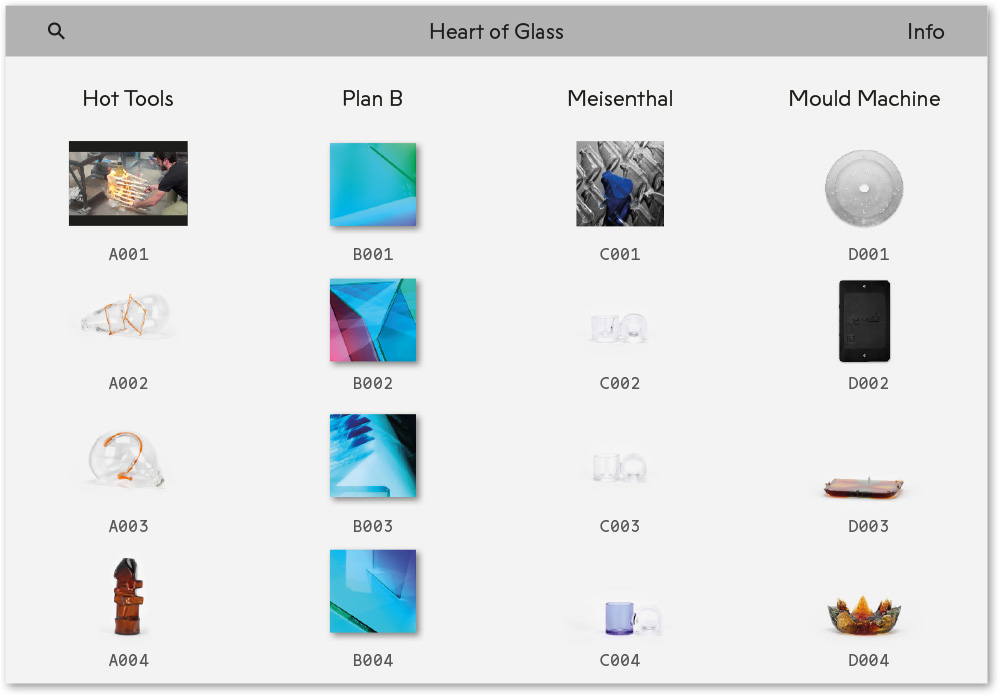
It is generally difficult to get a clear idea of what research means in the field of design, and this is especially true of product design. A project always begins out of the necessity to answer a question, to resolve a problem or to tackle a subject. Creative research enables us to construct an artificial situation to shape a problem. Any design process will include indexing information IM019, specifying ways of doing things, collecting collaborative partners, making prototypes, carrying out tests etc., even if they do not always follow systematic procedures. For designers, it is often difficult to distinguish between their everyday practice and an applied “research” process. At the same time, “all designers tend to feel that they are doing research while working on a project”, says Augustin Scott de Martinville. A common misunderstanding of basic research is to see it as a kind of process whose results are solely due to serendipity or, if we take a more romantic view, to creative genius. While chance is inextricably linked with any creative process, it is not the only aspect, and the success of a project is generally related to an ability to define one’s intentions and a clear methodology.
Thus, the difficulty lies in this ability to anticipate which hypotheses to formulate, which tools to develop, which operating models to use and which other resources will be necessary to optimise and communicate the various stages of a research project. When it comes to applied research into a material such as glass, our primary interest is in experimenting with a certain number of new avenues which can be used in various forms as a starting point for future projects; the latter can, moreover, move into perspectives beyond the boundaries of design.
“Ultimately, what is research? It is, above all, a question of pushing the students to be even more curious than they would already be in a professional context. We need to question ourselves more, to get out of our comfort zones, to be able to face the experts and to be convincing. In short, it is an opportunity to elicit unusual experiences, at the same time as suggesting projects that could be exploited later.” — Alexis Georgacopoulos

